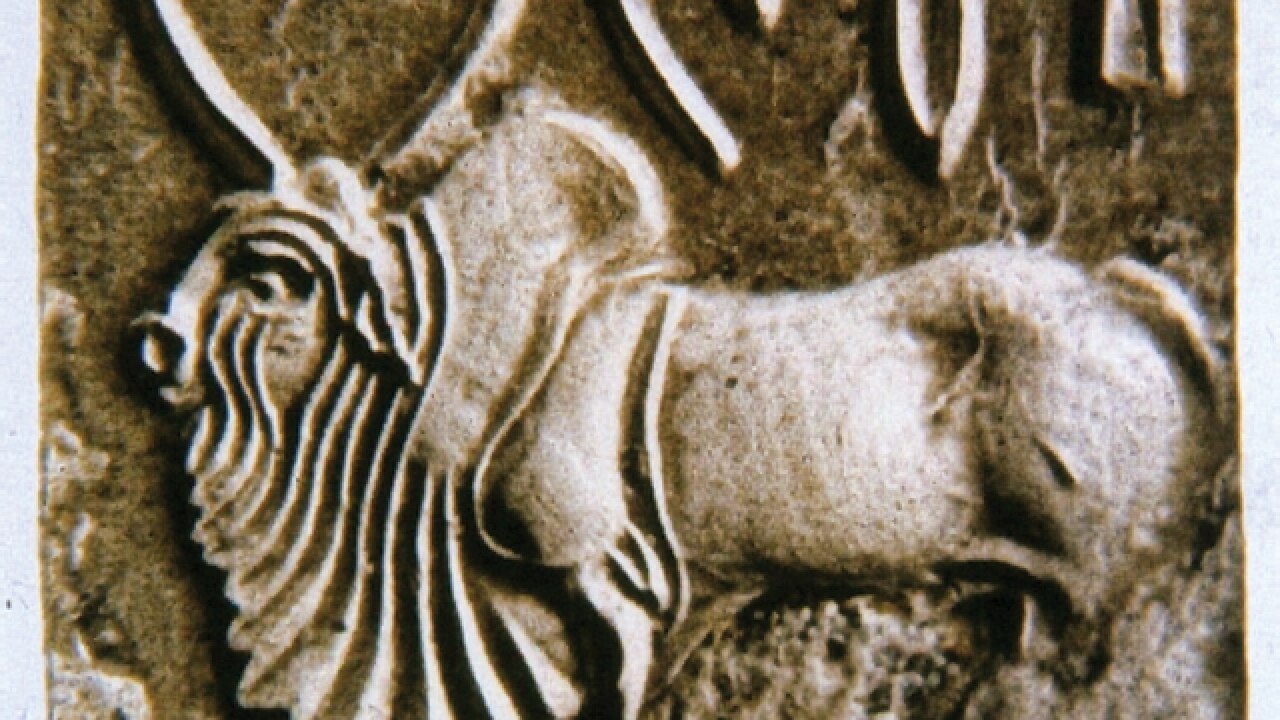
Nations, even those born yesterday, take immense pride in showcasing their past, often with large doses of exaggeration to establish their ‘ancient’ ancestry: by utilising odd archaeological finds here and there. In contrast, a civilisation like India that is over five millennia old appears to falter in projecting its rich heritage. The oldest sites of our Harappan culture, like Lothal or Dholavira, look so dull when compared to the other three contemporary civilisations, namely, Egypt, Mesopotamia and (later) China. The problem with India lies partly in its cultural genes, in the sense that while we love epics and myths, we care less for internationally accepted historical evidence.
The problem is further aggravated by the sheer plentitude of our archaeological wealth and our consequent inability to handle so much.
The Archaeological Survey of India (ASI) has done yeoman’s service for over 150 years by digging out the history that we had blissfully forgotten. The grand Buddhist stupas and the meticulous urban planning of Mohenjodaro and Harappa are good examples. It is a different matter altogether that the same India that invented domestic sanitary latrines in the Indus Valley then defecated all over the place for the next several millennia. The ASI has the unenviable task of managing some 3,700 sites, from deep within forests and up in the hills, to those that lie in blazing plains, with its meagre and stretched manpower. The question is whether we really need to control so many monuments, as many of them can safely be de-notified with no great harm befalling us. We have, for instance, too many medieval Kos Minars or large milestones that flaunt neither exquisite architecture nor represent any irreplaceable history. Strangely enough, we have even to look after the grave of Brigadier General John Nicholson who seized Delhi from Indian troops during the first War of Independence, so ruthlessly and mercilessly that his statue there still carries a naked sword: to cut into pieces any ‘native’ who may still dare him.
In most ASI sites, all that we see near the old or dilapidated structures are blue enamel signboards announcing, rather pompously, that they are ‘centrally protected’ without either telling us why and what it represents. When we are lucky enough to chance upon the name and other details of what the monument is all about, we have to suffer some inscrutable, faulty bureaucratic language. Millions who go past a rather plain-looking minar at the crossing of Mathura and Lodhi Roads in Delhi are hardly aware that this Subz Burj ‘pepper pot’ is actually one of the first three Mughal buildings ever built in India. This magnificent style of Indian architecture finally culminated in the Taj Mahal, which is India’s most famous monument, whether a yogi-turned-chief-minister likes it or not. When Aurangzeb arrested Shah Jahan for the treasury’s bankruptcy on reports received from traditionally myopic accountant-generals, little did he realise what splendid returns his father’s grandiose investment would ultimately give us. ‘Returns’ remind us of how heritage management and their fancy marketing tactics fleece us of precious euros, dollars and pounds abroad as we take selfies in front of these must-see spots. Why can’t this success be replicated when we have better historical sites or much more variety compared to similar looking European castles and cathedrals?
No ASI officer would ever dare to suggest that some of its stodgy and crowd-less palaces and forts be put to lively commercial use by converting them into hotels and resorts, like those by the “princes’ in Rajasthan and MP.
There is a partially-written ban within ASI about such ideas. The erstwhile princely families, who still love to be called ‘Royal Highnesses’, were lucky that their properties were outside ASI’s Act and control. Heaven should not fall if we handed over many small and inconsequential ASI monuments to local communities or to INTACH units, with proper MoUs, so that ASI concentrates on the really important ones and the next tier. This would get heritage lovers involved: to take better care and to ‘market’ them.
The author is former culture secretary and ex-CEO, Prasar Bharti